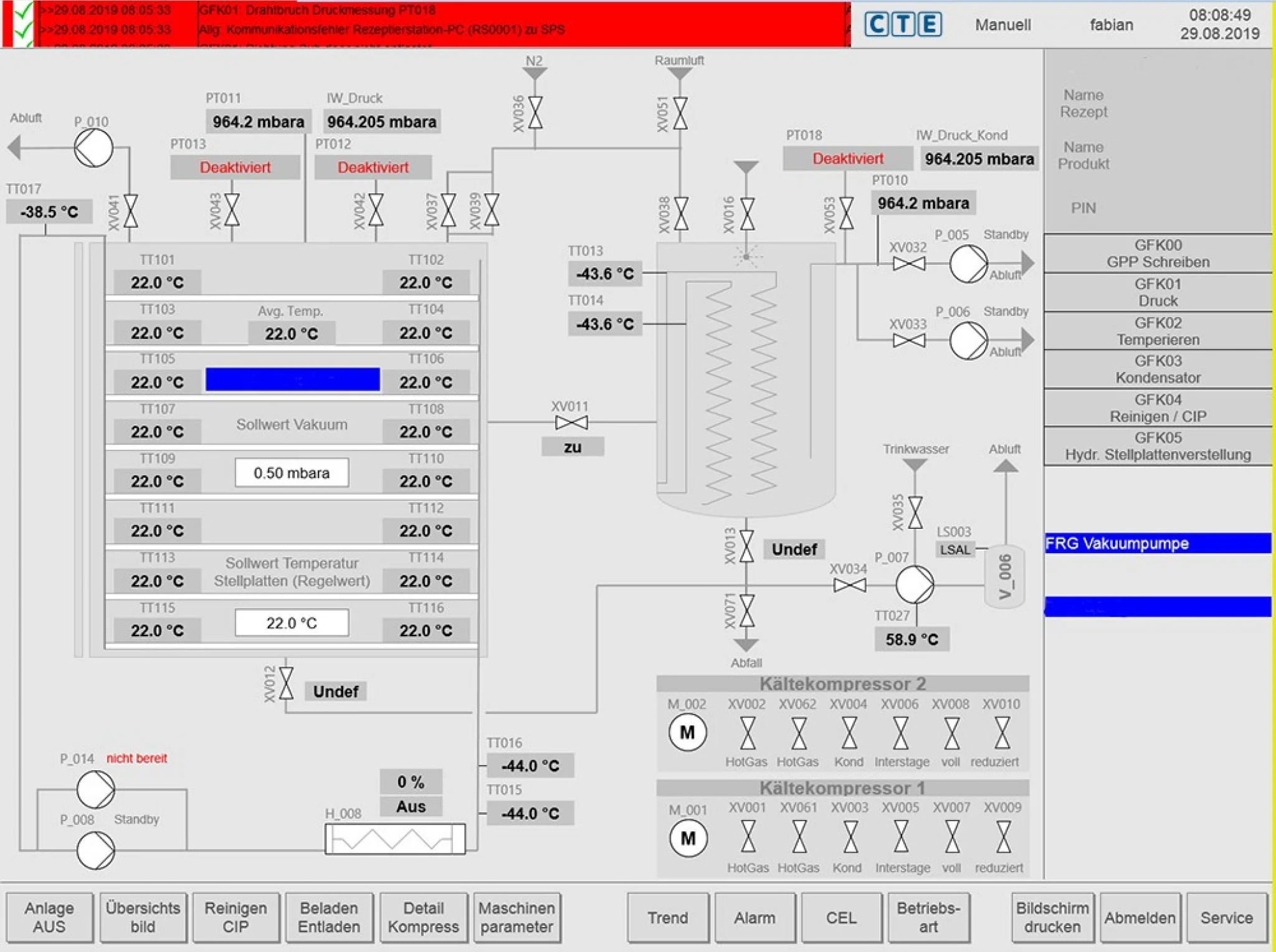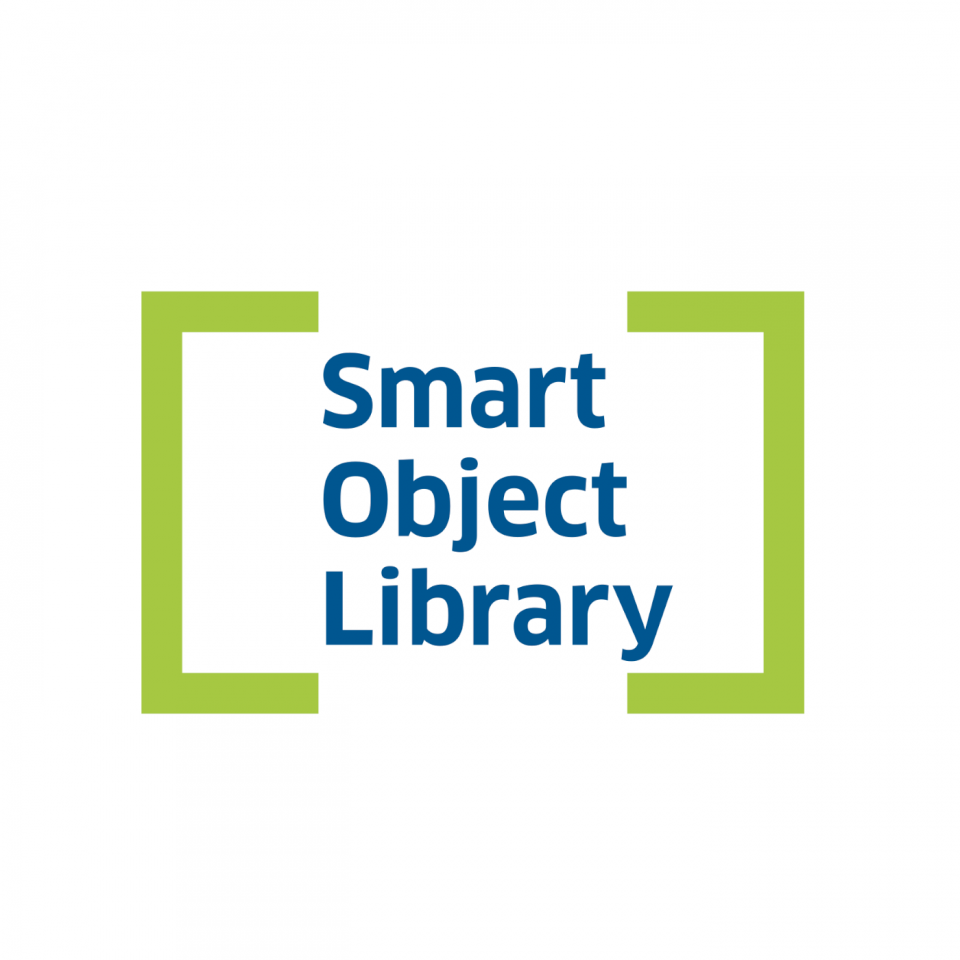Further Into the Future With Zenon
We have been using the zenon HMI software from Copa-Data in various divisions since 2013. CTE has been a partner of manufacturer Copa-Data since the beginning and was also involved in the development of the Batch Control module. Last year, we were promoted to Qualified Partner in their three-stage partner programme. This award shows that we, at CTE, have the necessary expertise to realise the maximum customer benefit in our projects.

As early as possible in the projects, the functional units of the plants are identified based on R&I and divided into Equipment Modules (basic functions). This is the basic prerequisite for the use of zenon Batch Control and a successful project. For the interaction between zenon Batch and the PLC, we use the 'basic function header' library module, which we developed and validated ourselves.

S88 Embedded
This GRP head handles all communication and interactions between the HMI Batch Control, the operator and the PLC program. Shock-free switching from auto to manual and vice versa, run stop (ISA88) handling and convenient HMI status messages are just some of the features that make our GFK head so valuable to our customers. With many other validated PLC blocks in our library for the most common Siemens controllers, e.g. in the CFC for the S7-300/S7-400 series or the S7-1200/1500 in the TIA Portal, we are ideally equipped for all requirements.
We also rely on standard functions for the HMI. Everything is configured in zenon out of the box, which keeps the effort for qualification in the projects low. The standard report configured by us in the projects does not require any additional high-level languages, scripts or programs in the background.
Multi Client/Server
Thanks to the many projects already carried out with different system architectures, CTE has been able to build up a great deal of knowledge in connection with zenon. Our experience was great with our zenon Multi Client and Multi Server, but also with standalone projects. In this structure, the individual production systems are all equipped with zenon Batch Control and can function autonomously (usually with operation in clean rooms or EX zones). A so-called recipe station, which accesses the zenon server of the respective equipment, is used for a more convenient creation of batch control recipes and for remote control. As well as many advantages, this structure also presents some challenges that we are able to overcome thanks to our extensive experience.
Web client
Remote access is another topic that keeps us busy. More and more customers would like to see the status of their equipment even when they are away from their workplace. For this use case, we successfully integrated the zenon HTLM5 web server into the existing application for a pharma customer. The web client does not access the equipment directly, but only accesses defined and approved images of the equipment, which are stored on a separate web server. With encrypted communication, only the current values and status are requested from the web server and made available to the system. Whether the customer only wants to monitor or also operate can be conveniently defined via zenon licensing. All these functionalities comply with current IT security requirements.


